We sat down for an interview with Heartland Bowhunter’s Shawn Luchtel to talk about an 80-acre timber stand improvement project in Missouri.
In “Beneath the Canopy,” Shawn Luchtel works through a timber stand improvement (TSI) process on his newly purchased 80-acre tract of land. Using the onX Hunt App to determine the areas with the thickest canopy and create a plan to thin out the softwoods on Shawn’s new parcel, he’ll improve wildlife habitat while also increasing the value of the property.
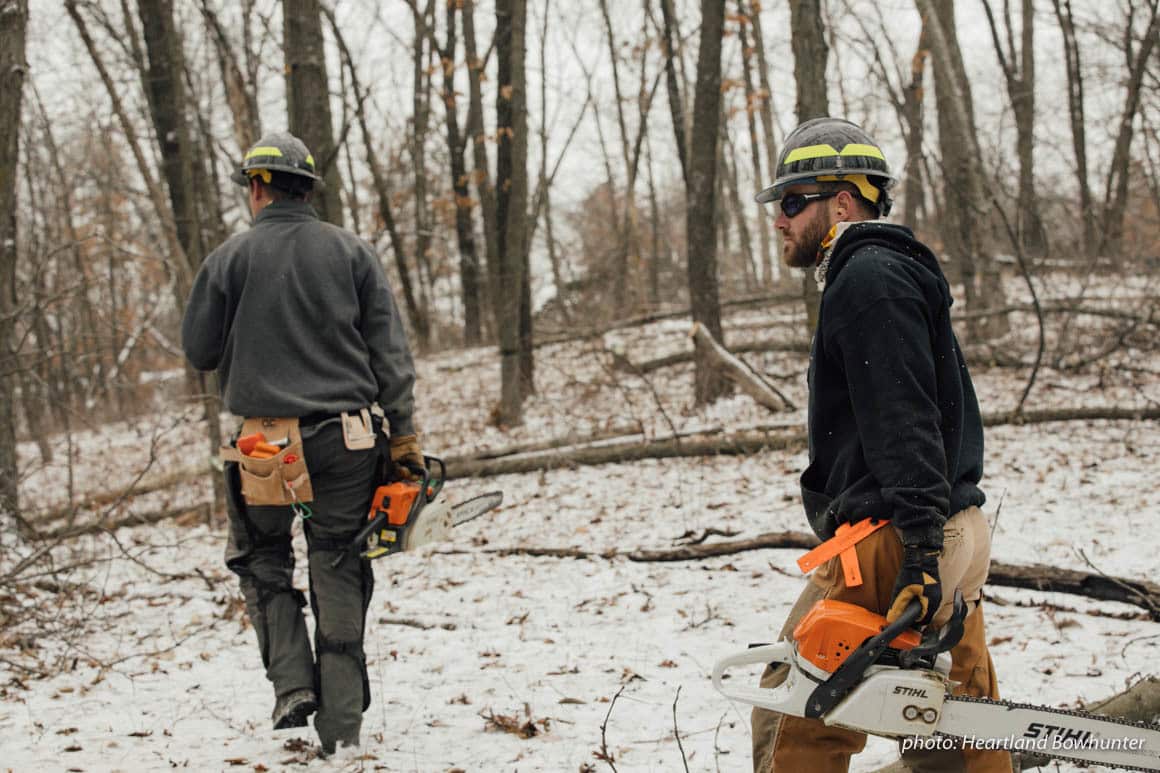
We sat down with Shawn to talk about his background, the premise behind TSI, what he hopes to gain from the project, and even his go-to snack during long days in the field.
1) Tell me a bit about your background—where’s home, what got you into hunting and how did you meet Heartland’s Michael Hunsucker?
I currently live in Lee’s Summit, Missouri, where I grew up. My father actually introduced me to hunting at a very young age. I started bowhunting at the age of 12 and from there I was obsessed. I met Michael in junior high and began hunting with him in high school. From there we started to film one another, which led to us getting very serious about filming our hunts in our college years.
2) What inspired you to undertake the TSI project?
My close friend Joel Taylor used to work for the Missouri Department of Conservation (MDC). While working for the department he practiced forestry and introduced me to TSI. Joel helped my father and I complete our first TSI project on my father’s home farm a few years ago.
When I bought my own farm, I looked for ways to improve habitat and the forest. TSI was something I knew would be a great tactic to improve the current stand of timber. I applied for Timber Stand Improvement/Crop Tree Release on my farm through the MDC and was approved for enrollment.
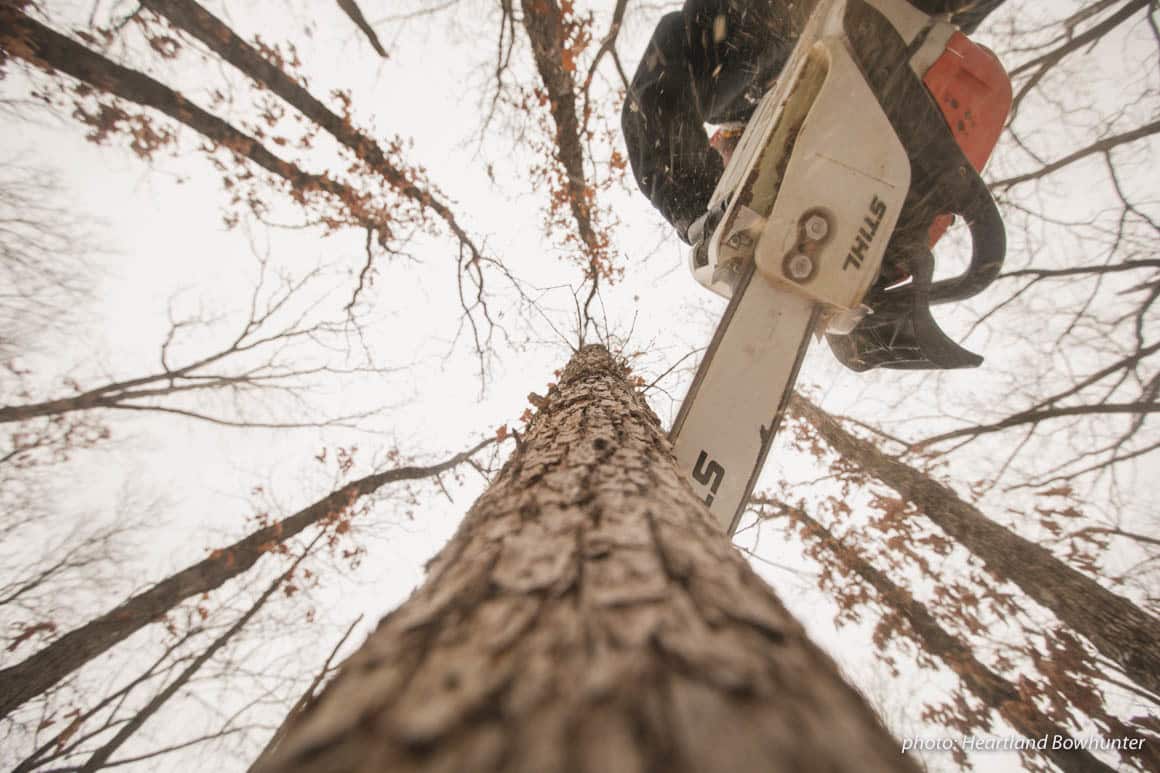
3) What made you choose this particular piece of property? What were the important factors?
This particular farm is very close to our main farm we hunt/manage in Missouri. It came up for sale a couple of years ago, and with it being so close I immediately had interest. Upon touring it, I noticed the ample amount of cover. Food is an important factor, but cover is more important to me when it comes to classifying ground as ideal. There were already a few open areas that would allow me to plant food plots, so I knew this farm would be a great fit.
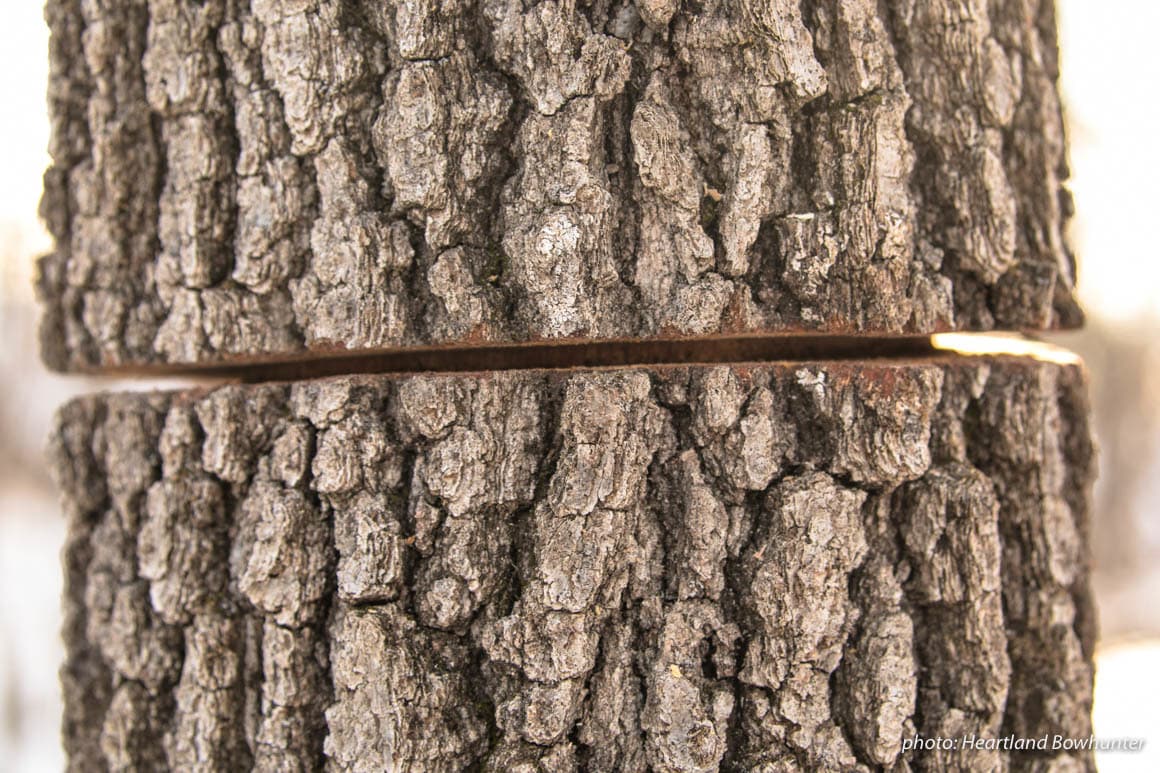
4) Can you walk us through the entire TSI process, from start to finish?
When it comes to TSI there are many factors. In brief, here are the steps from start to finish:
- Take inventory on the forest
- Write a plan or scope of work incorporating the location, work specifications, description of timber stands and areas to avoid
- Tree Selection: mark what trees you want to keep and which you’d like to eliminate
- Using safe forestry tactics, properly girdle or fall undesirable trees and treat with herbicide
- Follow up with prescribed fire to eliminate leaf litter, knock back undesirable species of plants, and promote natural regrowth of desirable species/native forest
5) What’s the most important way TSI improves wildlife habitat?
TSI helps improve wildlife habitat by decreasing an over-competing forest canopy and increasing the amount of sunlight that reaches the forest floor. Promoting growth on the forest floor allows more food per acre and cover for all types of wildlife.
6) How does TSI improve the property value?
Think of your forest as an agricultural crop. If gone unmanaged, the crop will not reach its full potential. By eliminating weak or less-desirable trees you are decreasing competition with your desirable trees. In turn, your healthy hardwoods that you want to thrive and mature will do so at a quicker rate. You also help eliminate the risk of your desirable trees being choked out by competition.
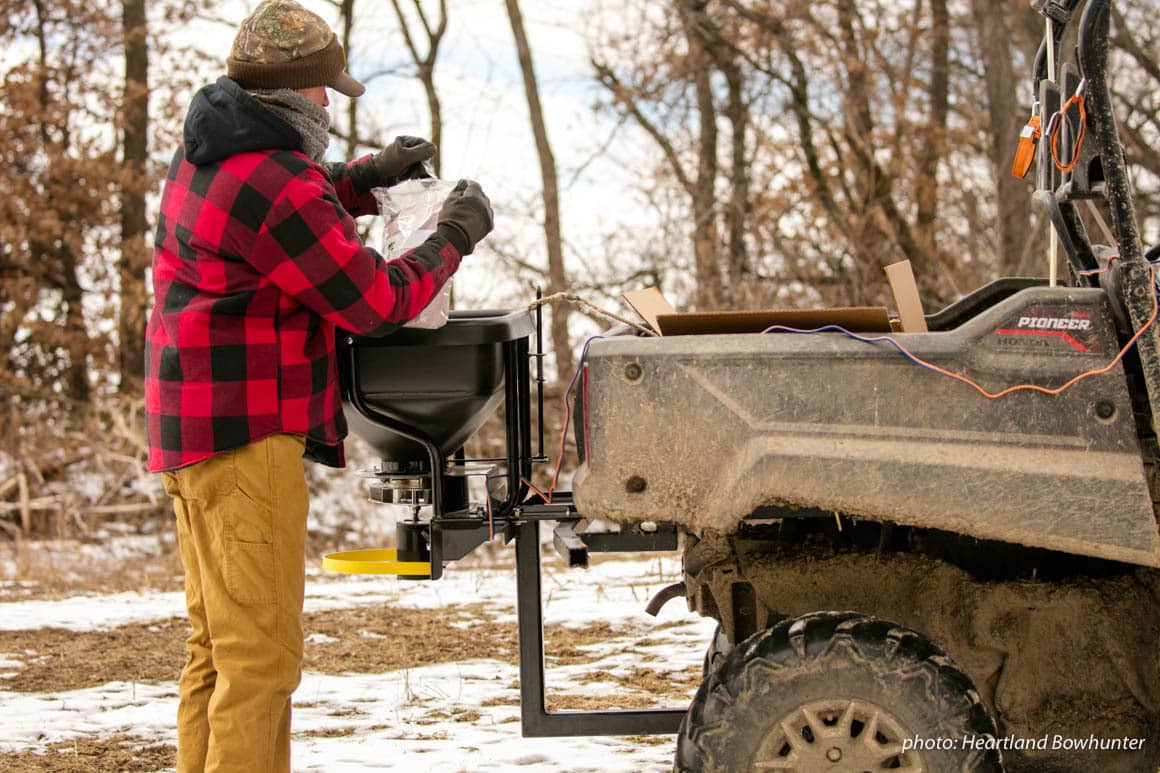
7) What’s been the most unexpected challenge you’ve encountered during this process?
The most unexpected challenge I have encountered during this process is trying to manage a stand of timber that is still young. A younger stand has many more trees per acre, which means many more trees need to be eliminated to open the canopy. The amount of work is higher than an older stand of timber, however I still feel a sense of reward knowing the stand will benefit from my work.
8) How have you been able to utilize the onX Hunt App during the TSI process?
The onX Hunt App was very helpful during the TSI process by helping me develop my scope of work. Tracing the Area Shape to know what work I needed to complete versus what work I had currently completed helped me with identifying my progress throughout the project. The Topo Basemap also helped me reference certain areas when tracing out area shapes.
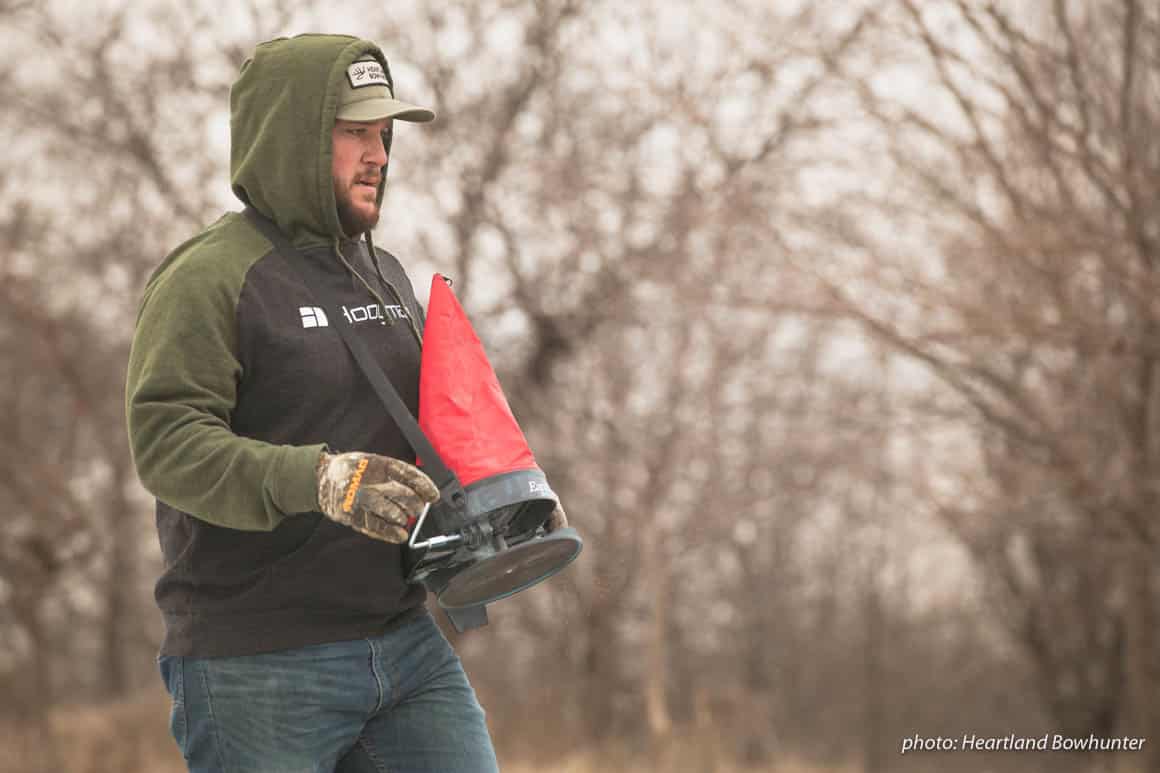
9) What would be the ultimate outcome for this property; the best-case scenario?
In my opinion, the ultimate goal is to produce the best habitat I can with what I have been given on this farm. Every farm is different, making every scope of work in habitat management different. Producing a healthy stand of timber and a great home for all wildlife is my goal. Helping sustain a healthy herd of whitetails is a very close second. Putting my boots on the ground, physically doing the work, learning new tactics along the way, and seeing the results in years to come is something I live for.
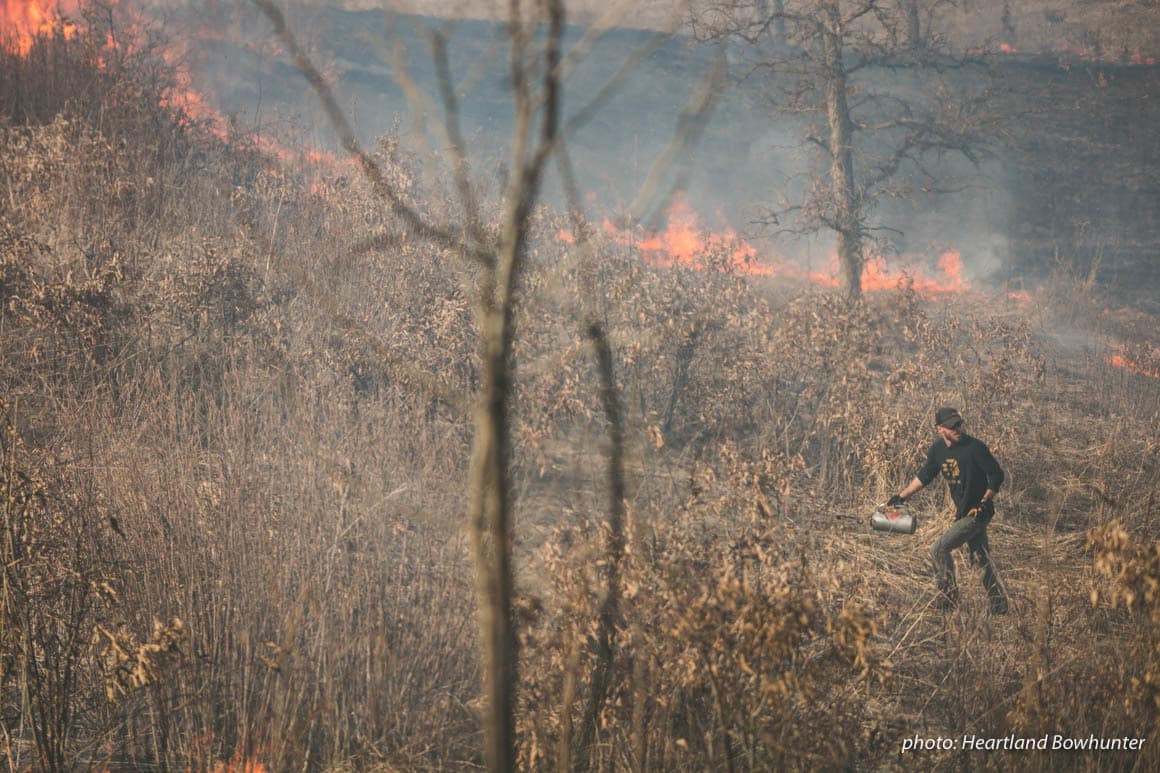
10) And the fun one: what are your go-to snacks for long days in the field?
My go-to snacks in the woods are Rx Bars. The older I get, the closer I pay attention to what I am putting in my body. These snacks are healthy and delicious!